Creating an Off-Grid Log Cabin: Essential Tips for Independent Living
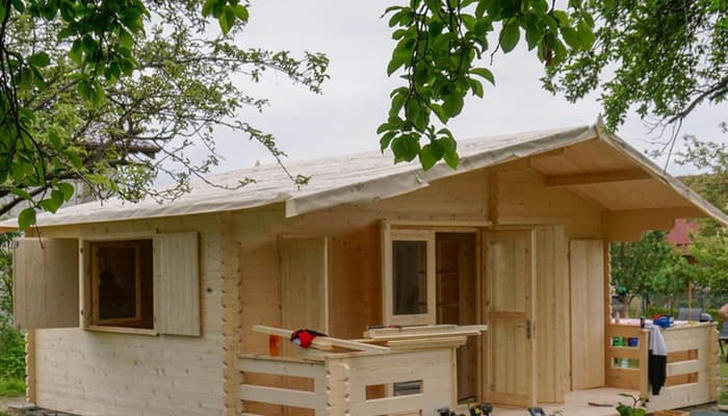
Off-grid living is becoming an increasingly popular lifestyle choice, offering both freedom and sustainability. For those seeking a simpler, more self-sufficient existence, creating an off-grid log cabin offers the perfect opportunity. This lifestyle allows you to break free from reliance on public utilities, while also minimizing your carbon footprint. However, building an off-grid log cabin requires careful planning and practical knowledge. In this article, we'll guide you through the essential steps to make your dream off-grid log cabin a reality.
1. Choosing the Right Location for Your Off-Grid Cabin
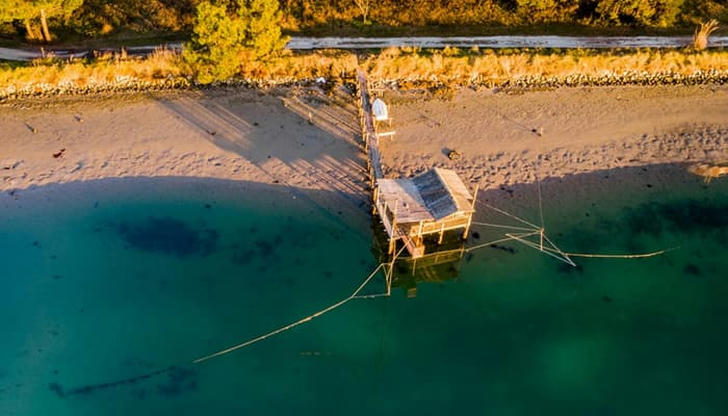
The first and most crucial step in creating an off-grid cabin is choosing the right location. The ideal site will balance practicality with the features that will support an off-grid lifestyle.
Climate and Weather: The climate of your chosen location will directly impact your cabin's design and systems. A cold climate may require additional insulation and a reliable heating system, while a warmer region may benefit from natural cooling techniques. Consider the seasons and plan accordingly.
Water Availability: Access to a natural water source is essential. If you're lucky enough to have a stream, well, or spring nearby, this can provide a reliable water source. If not, you'll need to set up a rainwater harvesting system or drill a well.
Sunlight Exposure: Positioning your cabin to maximize solar exposure is key for off-grid energy systems. Solar panels work best when they face south (in the Northern Hemisphere) and are not obstructed by trees or other structures.
Accessibility: Consider how you will transport building materials and reach your cabin during all seasons. A remote location can be idyllic, but it can also present challenges for both construction and future accessibility.
Land Regulations and Permits: Before you begin construction, it's essential to research local zoning laws and building permits. While off-grid living can offer freedom, you still need to ensure your cabin complies with legal requirements regarding land use and building codes.
2. Designing Your Off-Grid Log Cabin
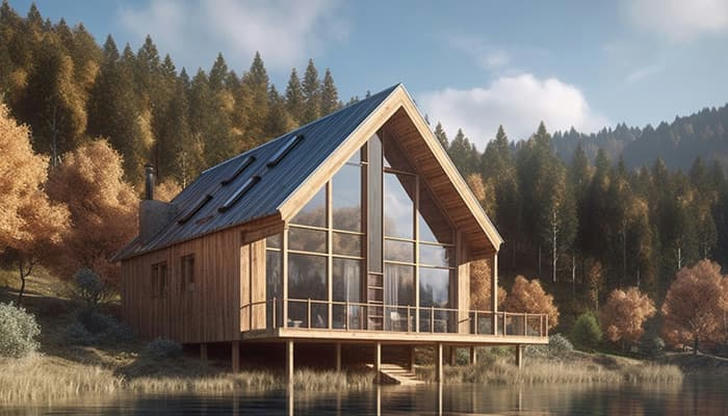
Once you've selected the perfect site, it's time to design your log cabin. The design should reflect both your aesthetic preferences and the practical needs of off-grid living.
Cabin Size and Layout: Keep your cabin compact to minimize energy consumption. A smaller cabin is not only easier to maintain but also requires fewer resources to heat, cool, and power. Focus on a smart layout with multi-purpose spaces that make the most of every square foot.
Building Materials: Choose sustainable materials that are locally sourced whenever possible. Logs are the traditional choice for a log cabin, but you can also incorporate stone, clay, or recycled materials to enhance insulation and durability. The key is to ensure your materials are energy-efficient and suited to your environment.
Off-Grid Design Features: Incorporate design elements that reduce your reliance on external resources. For example, large windows can capture natural light, reducing the need for electricity. Strategically placed overhangs or sunshades can help control heat in summer, while thick insulation ensures warmth in winter.
3. Powering Your Off-Grid Cabin
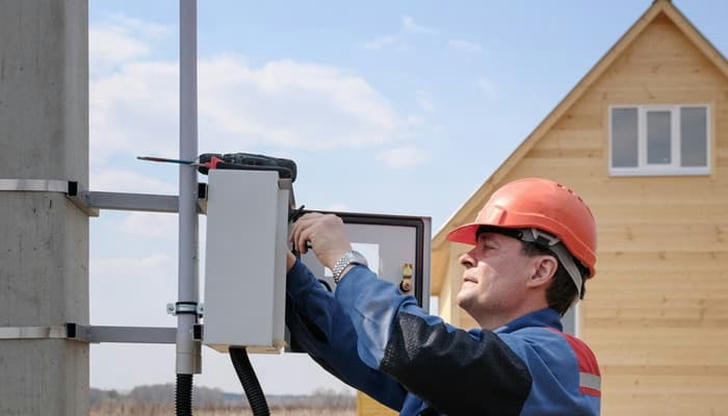
One of the main benefits of off-grid living is energy independence. Powering your cabin without relying on the grid requires carefully planned systems.
Solar Power: Solar panels are the most common solution for off-grid electricity. To ensure you have enough power, calculate your energy needs based on appliances, lights, and any special equipment. Once you know how much energy you require, you can determine the number of solar panels needed. Solar batteries will store excess power for use at night or during cloudy periods.
Wind and Hydro Power: Depending on your location, you may be able to harness wind or water power. Wind turbines are ideal for areas with consistent winds, while small-scale hydro systems can provide continuous energy if you have access to a flowing water source.
Backup Power Options: While renewable energy sources are highly reliable, it's always wise to have a backup power plan. Generators are an excellent option for emergencies, especially if your renewable systems fail or need maintenance. However, try to minimize reliance on generators by using them only when absolutely necessary.
4. Water and Waste Management for an Off-Grid Log Cabin
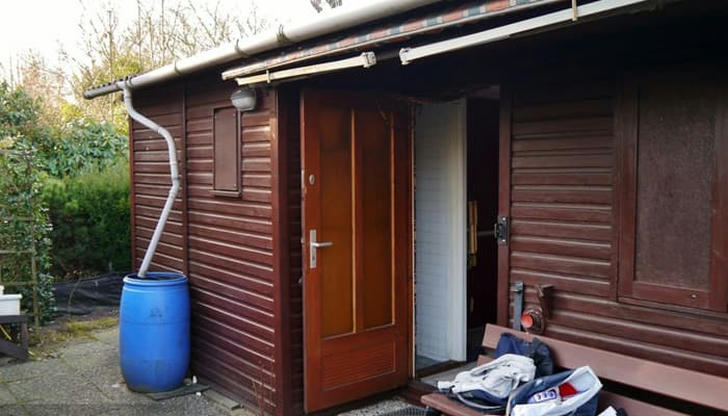
Sourcing clean water and properly managing waste are essential components of off-grid living.
Water Supply: The most common methods for sourcing water in an off-grid cabin are wells, springs, or rainwater harvesting systems. If you have access to a nearby spring or river, you can filter and purify the water for household use. For rainwater harvesting, install gutters and downspouts to direct water into storage tanks. Make sure to invest in a good filtration system to ensure the water is clean and safe.
Waste Disposal: An off-grid cabin requires efficient waste management solutions. Composting toilets are an excellent choice for off-grid homes as they reduce water usage and compost human waste into nutrient-rich soil. For greywater (wastewater from sinks, showers, and laundry), consider a greywater recycling system that channels water into a filtration bed or irrigation system.
5. Heating and Cooling Your Off-Grid Log Cabin
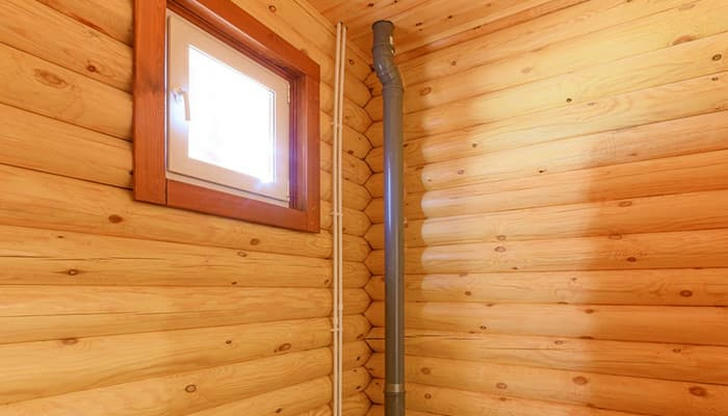
Managing the cabin's temperature without relying on electricity is a critical part of off-grid living.
Heating: Wood stoves are the most common heating method for off-grid cabins. They are efficient, provide radiant heat, and are fueled by locally sourced firewood. Properly insulating your cabin is crucial to minimize heat loss. Additionally, designing your cabin to be compact can reduce the need for excessive heating.
Cooling: For warmer climates, consider passive cooling methods, such as orienting the cabin to capture cool breezes or positioning windows to maximize natural ventilation. Overhangs or awnings on windows can provide shade and reduce heat. Earth-berming (partially burying the cabin) can also help regulate temperature, keeping the cabin cooler in summer and warmer in winter.
6. Food Storage and Cooking Solutions

Living off-grid doesn't mean sacrificing the comforts of home, including food storage and cooking.
Food Storage: A root cellar is an excellent solution for storing perishable food items like vegetables, fruits, and canned goods. It uses the earth's natural cool temperature to preserve food without the need for electricity. Off-grid refrigeration options include solar-powered refrigerators, propane fridges, or traditional iceboxes, which work in combination with your off-grid power system.
Cooking: Cooking off-grid can be both fun and practical. Wood-burning stoves not only heat your cabin but can also be used for cooking. For warmer climates, a solar oven can be an energy-efficient way to prepare meals. Rocket stoves, which burn small amounts of wood or biomass, are another great option for outdoor cooking.
7. Building and Maintaining an Off-Grid Log Cabin: DIY vs. Professional Help
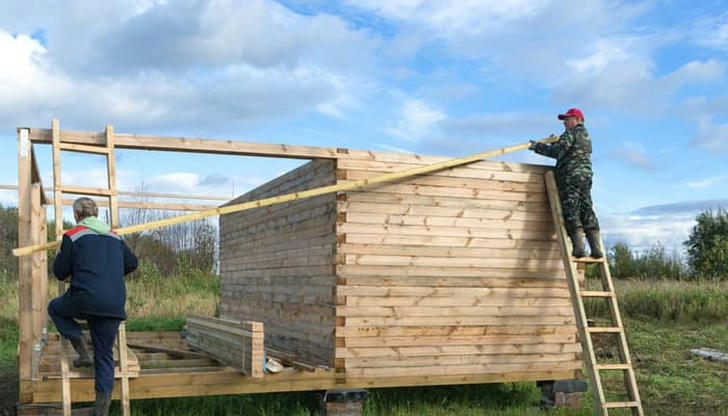
Building an off-grid log cabin can be a rewarding DIY project, but it also requires significant skill and knowledge.
DIY Construction: If you have the necessary skills, building your own cabin can save you money and provide a sense of accomplishment. You'll need to learn how to work with logs, construct foundations, install off-grid systems, and manage building permits. If you're up for the challenge, DIY construction is a great option, but make sure to do plenty of research and plan your project carefully.
Hiring Professionals: If you're not comfortable with certain aspects of construction, such as electrical or plumbing systems, it's wise to hire professionals. Look for builders with experience in off-grid construction to ensure the job is done properly. Consider hiring specialists for renewable energy installation and plumbing to ensure your systems are reliable and efficient.
Conclusion
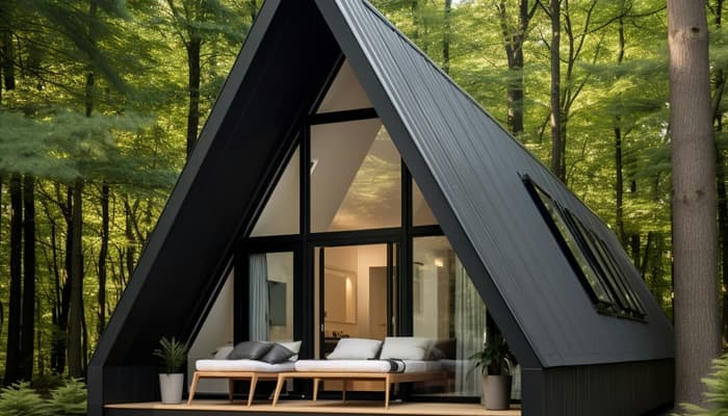
Creating an off-grid log cabin is an exciting journey toward self-sufficiency and sustainability. By carefully selecting the right location, designing your cabin with efficiency in mind, and incorporating renewable energy and waste management systems, you can create a home that is both comfortable and eco-friendly. Whether you choose to build the cabin yourself or enlist professional help, the rewards of independent living are well worth the effort. Embrace the freedom of off-grid living and enjoy the peace of mind that comes with living in harmony with nature.
